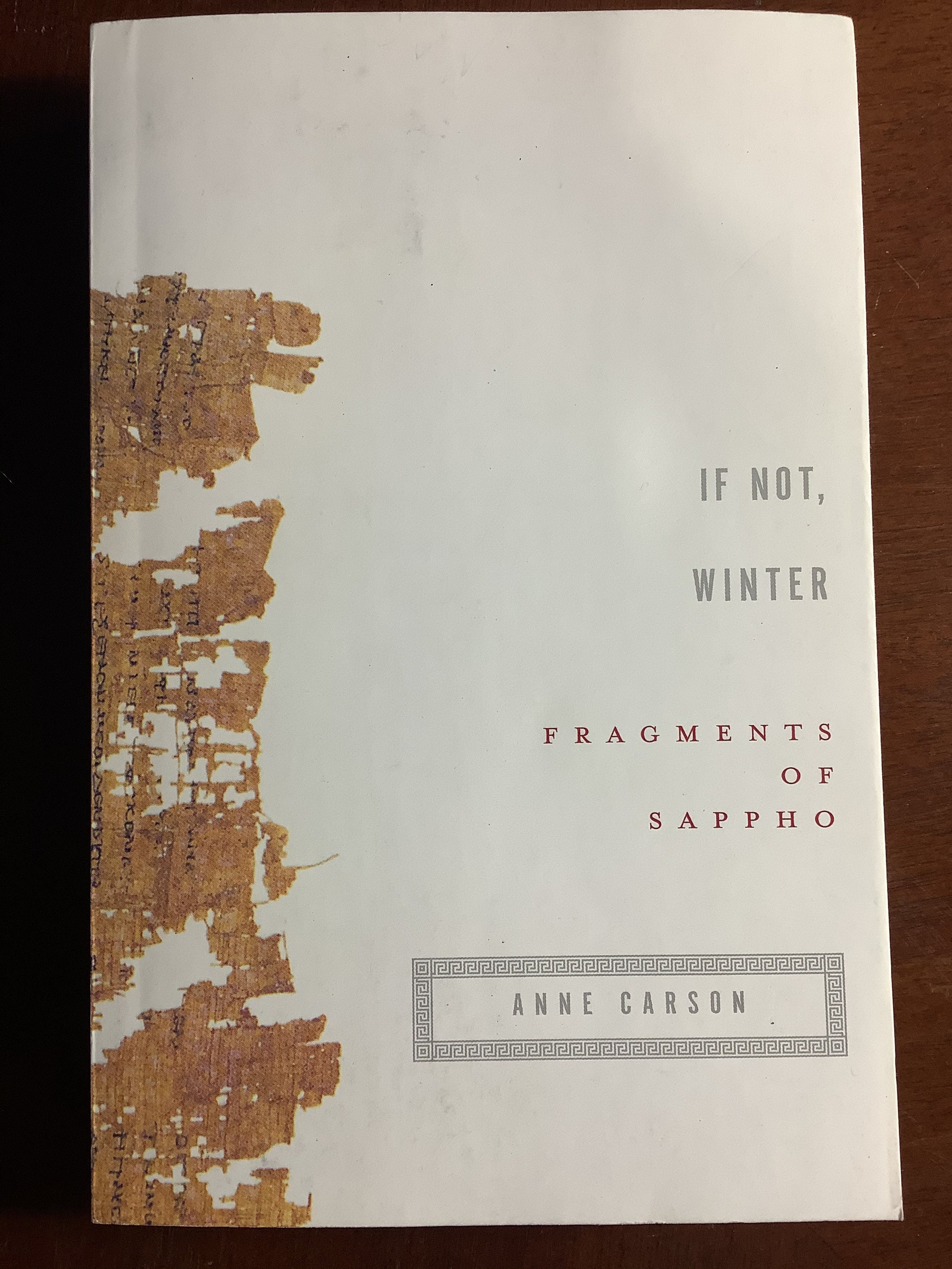
Hard to grow old amid fawns, or the memory of fawns. Sappho allows this mood to flare around herself in the first four stanzas of the poem and then settle on a single mythic point: Tithonos. But poetically indisputable in the way that Sappho’s poems are.īeing astonished by time is a mood not unknown to most of us. Now the fawns are relegated to a simile and the flash ending belongs to a different poem. By collating the old and new versions of this fragment, scholars are able to say for sure where the poem begins and ends, what almost all the words are, how to understand its metrical form, and how to read its mythical exemplum. The text printed in the TLS by Martin West is not exactly a “new Sappho” but a more nearly complete and more correct version of a text that had been numbered fragment 58 in most editions. Funny how time carries things out of sight. I made a little book about it once years ago, with paintings of fawns and much analysis of the ending, now obsolete. It had fawns wandering through the middle and an uncontainable ending so packed with abstract words it read like Wittgenstein on one of his hooligan days. I confess I used to like fragment 58 in its incorrect form. “I’m a Fawn!,” it cried out in a voice of delight, “and, dear me! you’re a human child!”

There is the story of Tithonos, loved by Dawn with her arms of rosesĪnd she carried him off to the ends of the earth


You, children, be zealous for the beautiful gifts of the violetlapped Musesīut my skin once soft is now taken by old age,Īnd my heart is weighed down and my knees do not lift,Ī human being without old age is not a possibility. It was copied early in the third century BC, not much more than 300 years after she wrote.” The second of the three fragments found “had been partially known since 1922 from an Oxyrhynchus papyrus of the third century AD, and by combining the two texts we now attain an almost complete poem.” The TLS published the Greek text. This text, recovered from Egyptian mummy cartonnage, is the earliest manuscript of her work so far known. This translation of a poem by Sappho is based on a new text of fragment 58, made possible, as the article by Martin West in the TLS of June 24, 2005, put it, by “the identification of a papyrus in the University of Cologne as part of a roll containing poems of Sappho.


 0 kommentar(er)
0 kommentar(er)
